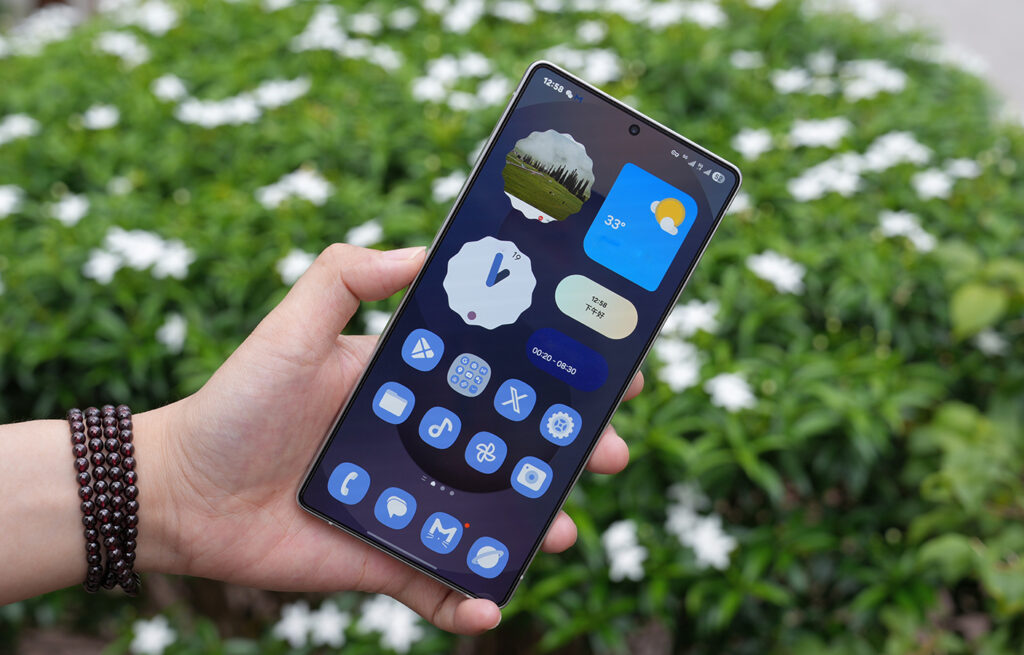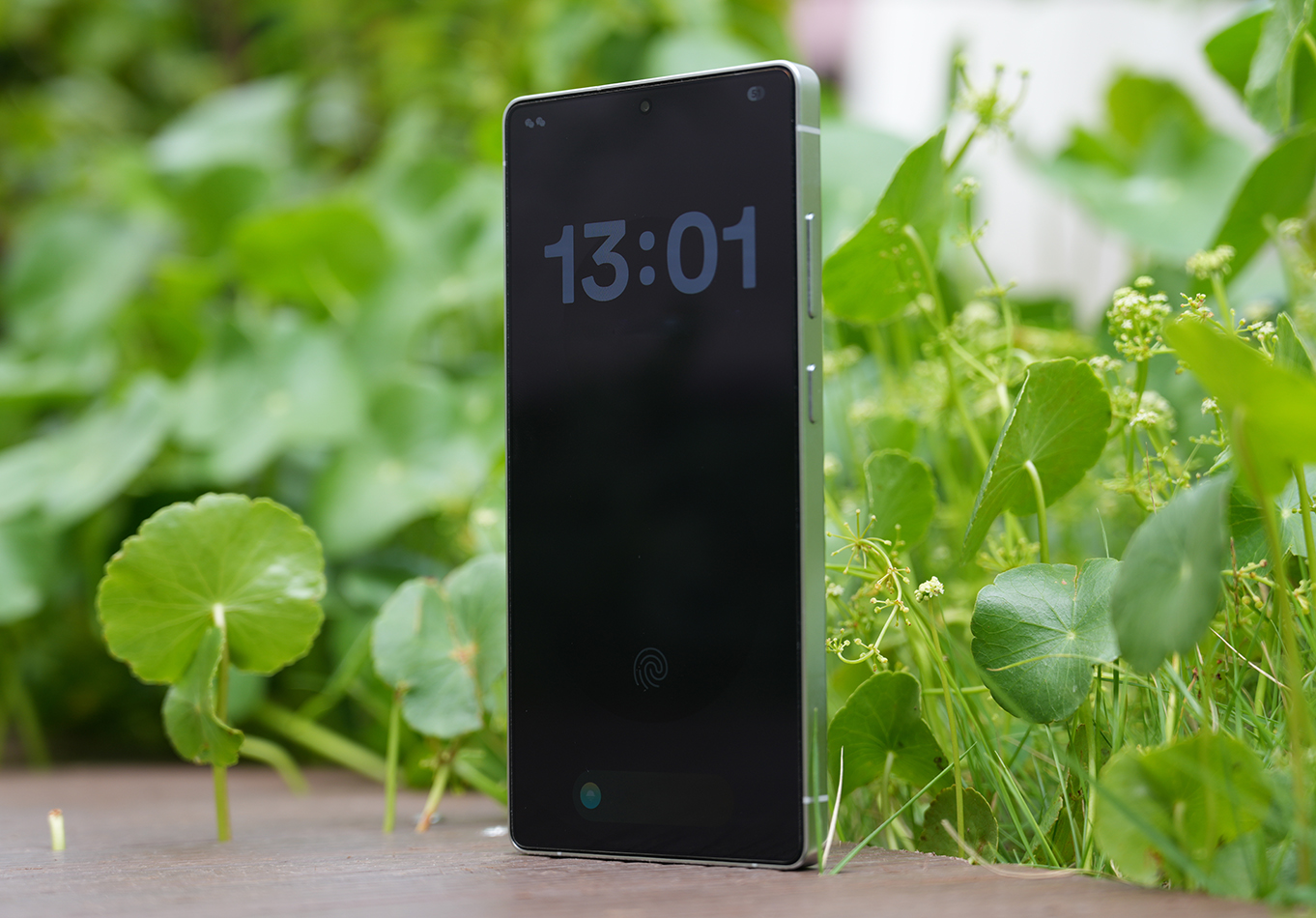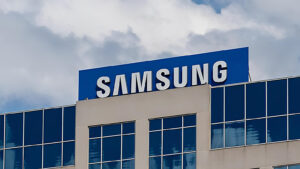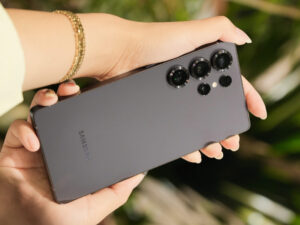Apple’s just rolled out the iPhone 17 lineup, and while most updates are par for the course, improved chips, upgraded cameras, the standout feature this year is the new anti-reflective display. Up until now, Samsung’s Galaxy S24 Ultra and S25 Ultra have been leading the conversation here, with their glare-busting Gorilla Armor displays. Apple, in classic fashion, waited to perfect the technology and then took it a step further, making the anti-reflective screen standard across the entire iPhone 17 range, with no exclusivity, no upcharge.
The iPhone 17 ‘s screen can now prevent reflections
Every model of the iPhone 17, iPhone Air, 17 Pro, and Pro Max gets the upgrade: OLED panels with a variable 120Hz refresh rate, up to 3,000 nits peak brightness, and a new anti-reflective coating. This isn’t just a cosmetic tweak. The Ceramic Shield 2 panel drastically cuts down on glare and reflections, so visibility in bright environments, think direct sunlight or harsh office lighting, is markedly improved. It’s a genuine enhancement to user experience.
This move is a direct answer to the praise Samsung’s Ultra models received for making phones more usable outdoors and in tough lighting. Less reflection also means these new iPhones don’t have to run at max brightness as often, which translates to better power efficiency, a benefit for users and a smart play in battery-conscious markets.
While Samsung limited the anti-reflective feature to its premium devices, Apple’s approach democratizes the technology: every iPhone 17 buyer gets access to a superior display, regardless of price tier. That’s a strategic decision, positioning Apple as both an innovator and an equalizer, and it’s likely to resonate with consumers who resent paying for basic usability enhancements.
This shift also pressures Samsung’s future plans. Rumors point to the next Galaxy S26 Ultra including an even more advanced AI-powered privacy display, but if the base and Plus models skip the anti-reflective upgrade again, Samsung risks appearing out of step, especially now that Apple has set a new baseline for flagship screens. The competitive dynamics in the high-end smartphone market just got a little more interesting.


 Erencan Yılmaz
Erencan Yılmaz


